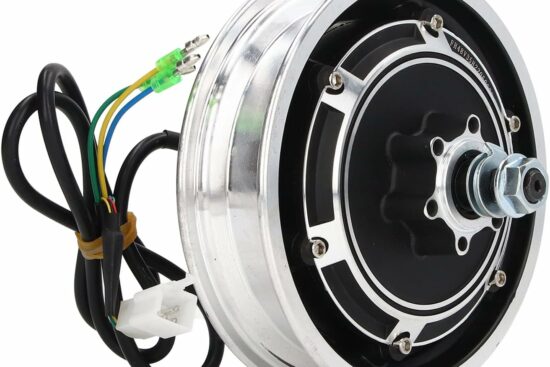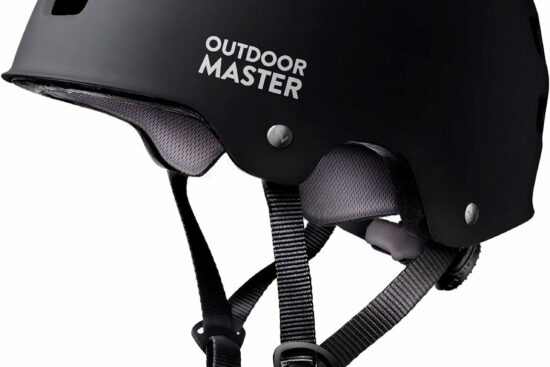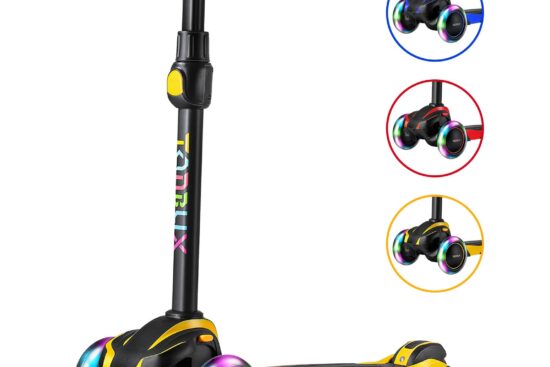
Ever wondered how you can distinguish genuine reviews from the ones that have been incentivized on Amazon? Well, that’s a fantastic question and certainly a vital one when shopping online, especially for elaborate tech items. In this article, we’ll delve into various methods you can use to separate the wheat from the chaff in Amazon reviews. By the end of it, you’ll be a bona fide review detective, equipped with the skills to sniff out any potential manipulation.
One key step is to scrutinize the language used in the review and review patterns. Check whether it sounds like a normal customer speaking about their personal experience or more like a sales pitch. Notices a lot of five-star reviews posted on the same day? That could be a red flag. Amazon uses a ‘verified purchase’ tag, which means that the customer has indeed purchased the product from Amazon and didn’t just leave a review with no proof of purchase.
You also have some tools at your disposal online. Websites such as ReviewMeta and Fakespot analyze Amazon user reviews and product ratings, predicting whether they appear authentic or manipulated. They don’t guarantee 100% accuracy, but they can act as an additional layer of help in making an informed decision.
So there you are! Identifying whether a product review has been paid or incentivized isn’t a perfect science, but by using some observational skills and tools, and reading this article, you’ll definitely be getting closer to becoming an Amazon review aficionado. Understanding the landscape of reviews and learning how to separate genuine ones from potentially incentivized ones is an excellent step towards making well-informed purchasing decisions.
Understanding the Nature of Amazon Reviews
Online reviews are either a blessing or a bane, and for Amazon shoppers, they can be both. Before we delve deeper into understanding these reviews, let’s first differentiate between objective and biased reviews. Objective reviews come from buyers who genuinely bought the item, used it, and are sharing their experience without any influence. Biased reviews, on the other hand, might be influenced by incentives or partnerships with sellers.
Now you might ask, what’s wrong with incentivized reviews? Surely, if someone is given a product for free, they would provide an honest review. But studies have shown that incentivized reviewers are more likely to leave a positive review, which can skew the overall rating for a product. Add in the unnerving reality of fake reviews, and it’s easy to see why discerning genuine feedback can be a challenge.
Recognizing Red Flags in Inauthentic Reviews
Now that you understand the nature of Amazon reviews, your next task is recognizing red flags. Similar language and phrases across multiple reviews can be the first clue of inauthenticity. Then there’s the “over the top” enthusiasm – reviews that are overly positive, devoid of any critique can be suspicious. Lastly, look for specific details in the review. If someone writes a long glowing review but lacks specifics on what they liked about the product, this could be a warning sign. It’s also worth checking if the review is a verified purchase. Non-verified purchases do not necessarily mean the review is fake, but it lacks the confirmation that the reviewer actually bought and used the product.
Understanding the Star Rating System
Rating systems can be puzzling, but they hold relevance if you understand how to interpret them. Most people tend to give extreme ratings, either 1-star or 5-star, leading to a skewed distribution of ratings. It’s also essential to understand the power of a low star rating. One bad rating can drastically drop a product’s average rating. Therefore, it’s more effective to focus on the aggregate rating and the context behind the rating than just relying on the overall score.
Assessing the Credibility of a Reviewer
Another crucial aspect is assessing the credibility of the reviewer. Amazon allows anyone to post reviews, but not all reviewers provide valuable or authentic feedback. To discern credible reviewers, examine their profile – does it have a real name and photo, have they reviewed other products, is there consistency in their reviews? Reviewer ranking systems can further help decipher credible reviewers.
Product Quality vs. Quantity of Reviews
Having a lot of reviews doesn’t directly equate to a quality product. However, a product with a considerable number of reviews indicates that a lot of people have tried it, offering a diverse array of perspectives. Be wary of ‘Review Bombing’ where a product gets a plethora of negative reviews due to an unrelated issue, which can heavily skew its reputation.
How to Navigate Conflicting Reviews
Conflicting reviews can be perplexing, but they are a treasure trove of information. Use Amazon’s filtering and sorting options to tackle them, like sorting by ‘most recent’ to get timely perspectives or ‘most helpful’ to see reviews that other users found beneficial.
Detecting Affiliation or Partnership
Amazon requires full disclosure from reviewers who received incentives or partnerships. However, not everyone abides by this. Potentially, reviews that are overly positive without reasoning, or that sound too similar to product descriptions might hint towards an undisclosed affiliation.
Reporting Suspicious Reviews or Activities
If you happen to detect review manipulation or fabricated reviews, Amazon provides channels to report them. While the company continually works against such fraudulent activities, it’s a shared responsibility of the entire community to sustain the integrity of the review system.
Responsible Participation in Review Community
Your contribution matters! Sharing authentic experiences, abiding by community guidelines, and offering constructive criticism can help improve the review community.
Conclusion
Deciphering the Amazon review system might seem like an arduous task, but it’s worth it. Not only does it help you become a more informed customer, but it also contributes to driving transparency and trustworthiness in the online marketplace. Remember, critical thinking is your best tool in discerning reviews. It’s not just about fact-checking. It’s about understanding the underlying patterns, analyzing who is reviewing the product, and why, and then making the best judgment based on the information at hand.




















